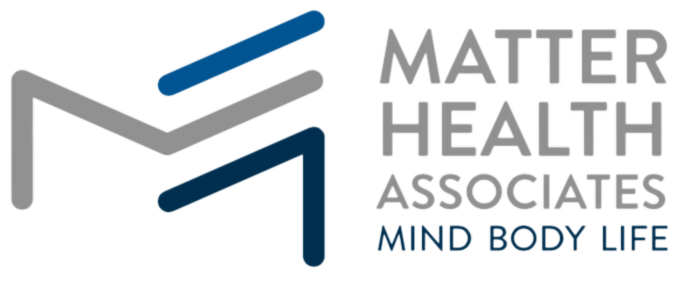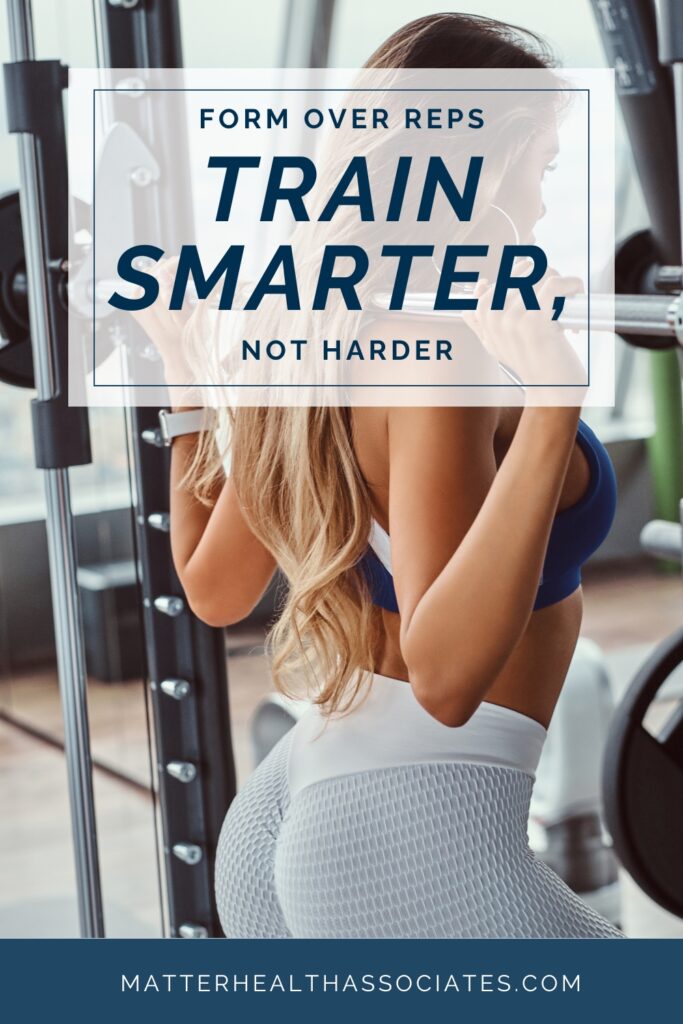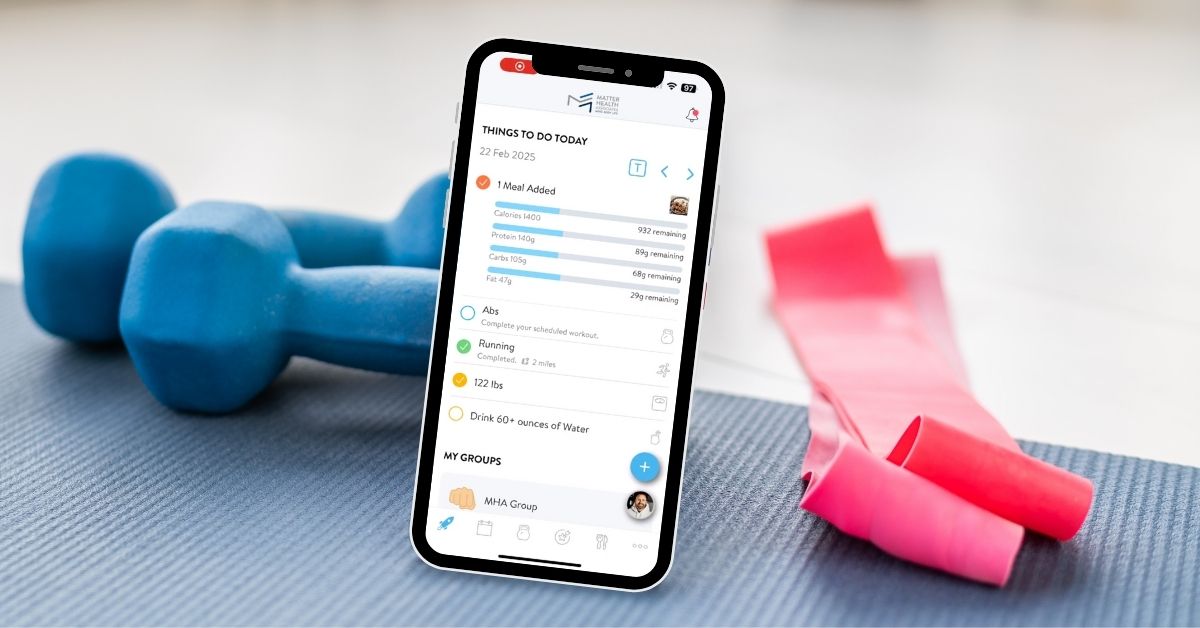One of the concepts that takes people a while to adapt to working with us is that we don’t count sets or repetitions in exercise. Counting sets and repetitions is like counting calories in that it’s a great way to get a base understanding of measurement, but evolving away from it is often more effective. This concept and the promotion of training only one day a week is a perception people are most surprised about when working with us. As we don’t think counting repetitions is the worst thing in the world, it often takes away from the areas on which exercisers should focus. Frequently having a precalculated objective plan and counting repetitions and sets will make you do more or less work than you should for your body’s needs.
Exercise form, heart rate variability, oxygen consumption and VO2, muscle engagement, and a working “Time under tension” are the concepts you should consider when training. As we think it’s essential to be objective with measurement, it can often cloud your connectivity to your body. People will usually change their mechanics to get an extra repetition they want to go and hurt themselves with, which is counter-effective to what exercise is.
Ideally, when lifting weights, you want to have a minimal working set of 30 seconds of constant and controlled movement. Even if you perform an exercise such as a biceps curl, stopping at the top without contraction or at the bottom without contraction, it is technically doing 1 set of 1 repetition. You want to have a controlled and contracted constant movement, which most people do not do. This idea applies to most training unless you are powerlifting or doing other momentum-based exercises.
Once you understand the correct movement and form, you will realize that weight, sets, and repetitions do not matter. You will also find that even the best-precalculated workouts should be diversified daily because each day has challenges and variabilities. You may plan a specific workout, but your body is fighting you. It’s sometimes okay to fight through it and complete the workout, where you get a sense of accomplishment from fighting through mental and physical defense. But the fact is, sometimes your body does not want to do that workout, and you should often back off or change the workout.
Everyone thinks that more is better, as that is the natural and most simple thought in exercise. So the more weight you lift, the more times you do it, the farther and faster you run, the more weight you have on you when you move, and the more reward you will receive in terms of changing your body. This concept is far from the truth, and it is important to understand it quickly if you want to be a lifelong exerciser. The quality of movement trumps anything else; most of the time, it changes your weight and repetitions.
Once you start embracing the idea of doing the correct form, the workouts get more effective and often more challenging, but they also feel better, and your body likes it. Too frequently, having the wrong movement gives us aches and pains that our bodies do not want. These concepts often apply to runners and heavy lifters. The pounding of the ground on the body’s joints gets misinterpreted in a runner’s brain, that it is more effective. You want the body to feel working muscle soreness that heals quickly and is ready for advancement.
If you are counting repetitions and sets, do not stop doing it if it’s working. We challenge you to understand that you can do better work if you focus more on your form. You want to continue getting better by never getting injured; concentrating on your actions will help prevent that. We challenge you to think outside the box of the norm in fitness and start creating a plan for you and your needs.









